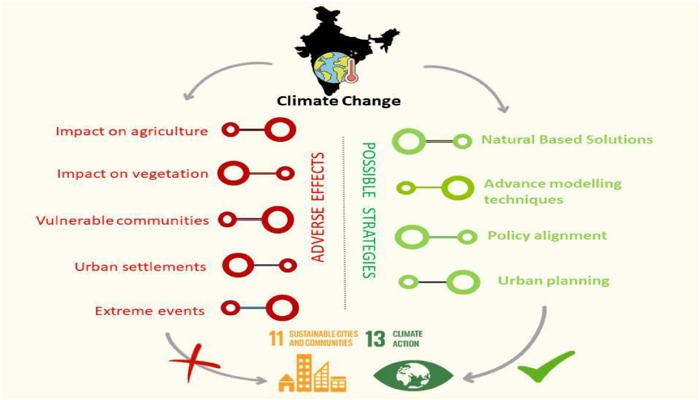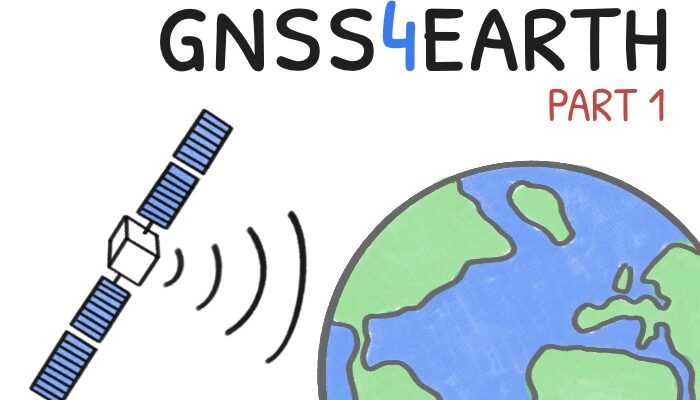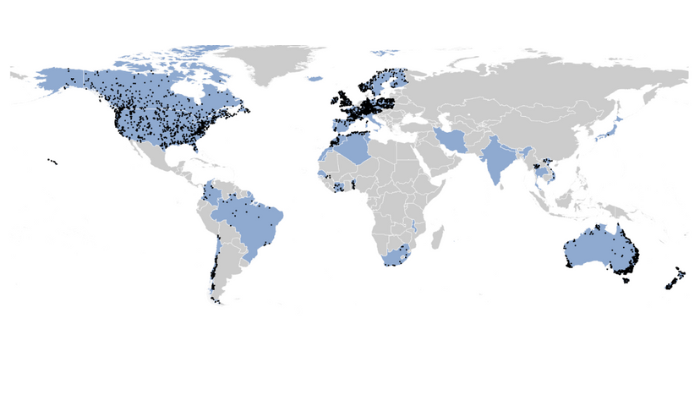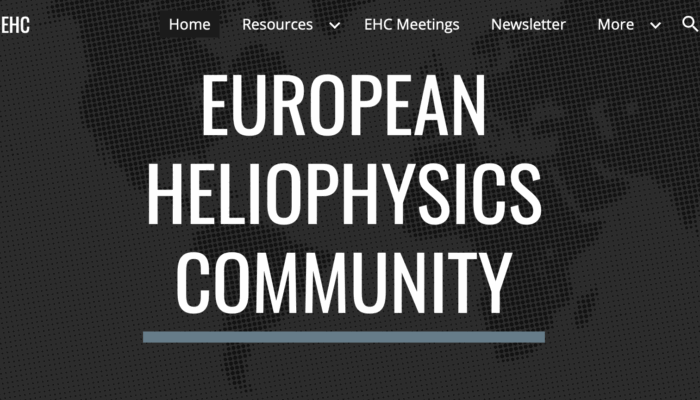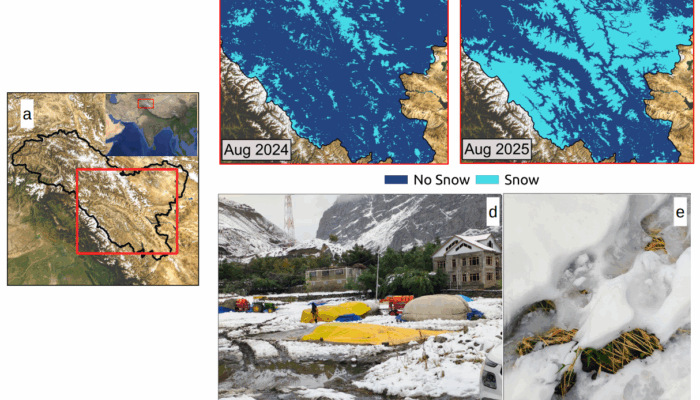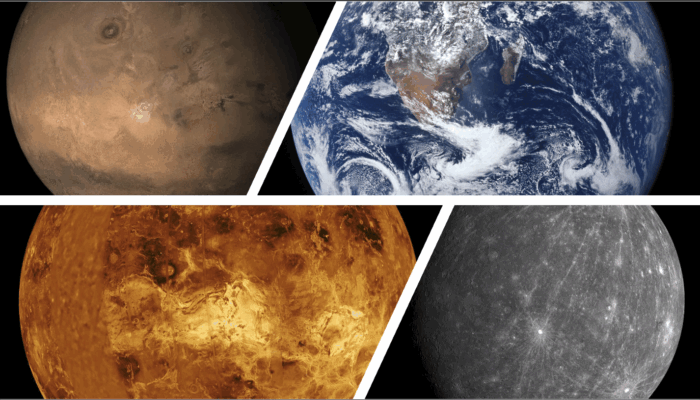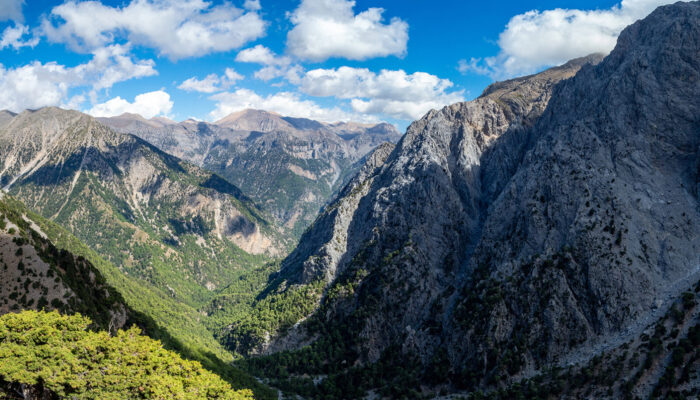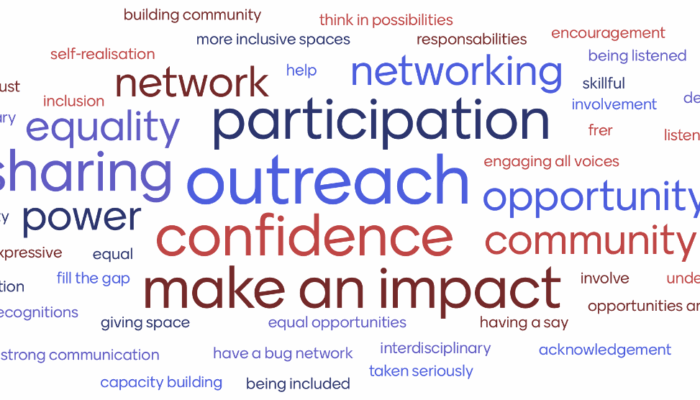Climate change poses a significant threat to humanity, prompting numerous countries, including India, to implement effective mitigation strategies to alleviate its impact. India is recognized as one of the 17 megadiverse countries, harboring approximately 10% of the world’s known floral and faunal species. This rich biodiversity is largely attributed to its geographical diversity, encompassi ...[Read More]
Geodesy
Beyond navigation: How GNSS reveals Earth’s hidden secrets
Part 1 – the global case When you check directions on your smartphone or track your morning run, you’re tapping into a global infrastructure that has revolutionized not just navigation, but our understanding of Earth itself. What began as military technology has evolved into powerful scientific tools that confirm longstanding theories and reveal previously unobservable phenomena. In th ...[Read More]
Ocean Sciences
A model to trace methane from the seafloor to the atmosphere
When people picture gas leaking from the seafloor, they often imagine plumes of bubbles that make up a direct path from the seabed to the sky. The reality, however, is far more complex and far more interesting. Between the seafloor and the atmosphere lies an entire ocean of physics, chemistry, and biology that controls the fate of the released gas. In fact, typically, most methane is dissolved int ...[Read More]
Tectonics and Structural Geology
Gifting geologist made easy – a guide to spoil your favorite persons
The end of the year is around the corner. For many of us, it will be a time of celebration, gathering, party, and GIFTS! And if you think spoiling a geologist is hard, then I’ve got your back. In this post I gather diverse gift ideas, the classics of course and some really unique treasures to get to your favorite geologist (who can be yourself of course). You’ll find ideas whatever you ...[Read More]
Hydrological Sciences
ROBIN: Tracking Climate Change Through the World’s Most Natural Rivers
Hydrological change is one of the clearest signals of climate variability and human impact on the environment. Yet detecting these changes reliably requires robust, long-term data from river basins that are as close to “natural” as possible, with little influence from dams, abstractions, land use change or any other human influences. That’s where the ROBIN project comes in. ROBIN, or the Referenc ...[Read More]
Solar-Terrestrial Sciences
A talk with scientists across Europe: building the future of European heliophysics together
“Heliophysics studies the Sun, its sphere of influence, and how it affects the bodies in the solar system.” – this holistic approach to understanding our space environment is at the heart of the European Heliophysics Community (EHC), an open and inclusive network of researchers across Europe (https://www.heliophysics.eu/). The EHC promotes collaborative, curiosity-driven science that explore ...[Read More]
Cryospheric Sciences
When August Brought Snow: Unseasonal Snowfall Disrupts Life in Ladakh’s High Valley Village
August in Ladakh is a time of golden fields and harvest songs, not snowstorms. Yet in 2025, this rhythm broke. Panikhar village in Ladakh woke beneath fifteen centimetres of snow, an unseasonal blanket that changed the functioning of the valley and stunned its people. What began as a glaciological field trip turned into a firsthand encounter with climate uncertainty. This blog captures those extra ...[Read More]
Tectonics and Structural Geology
Beyond Tectonics (and Beyond Earth): On the geological timescales of other rocky bodies in our solar system
Geological timescales Unless you regularly work in “deep” time or are very interested in Earth’s very ancient history you might not be too familiar with Earth’s geological timescale. What I am referring to is this: From the very beginning of Earth’s formation ~4.5 billion years ago to today each period is defined and catalogued by events that occurred wi ...[Read More]
Geomorphology
Highlighting: Crete!
This blog post is part of our series: “Highlights” for which we’re accepting contributions! Please contact Emma Lodes (GM blog editor, elodes@asu.edu), if you’d like to contribute on this topic or others. Interview with Richard Ott, Assistant Professor, University of Amsterdam. Email: r.f.ott@uva.nl, personal website: https://richardott.weebly.com/ Questions by Emma Lodes. We’re continuing ...[Read More]
Natural Hazards
How can we encourage and empower Early Career Researchers? Reflections on a short course held at EGU 2025
At the EGU General Assembly 2025, we initiated a short course entitled “Best Practices for Early Career Researcher (ECR) Engagement and Empowerment in Research Projects”, designed and led by Early Career Researchers (ECRs). The goal was to provide an interactive platform for ECRs, project leaders, and anyone involved in research projects to come together, reflect, share experiences, co-learn, and ...[Read More]

